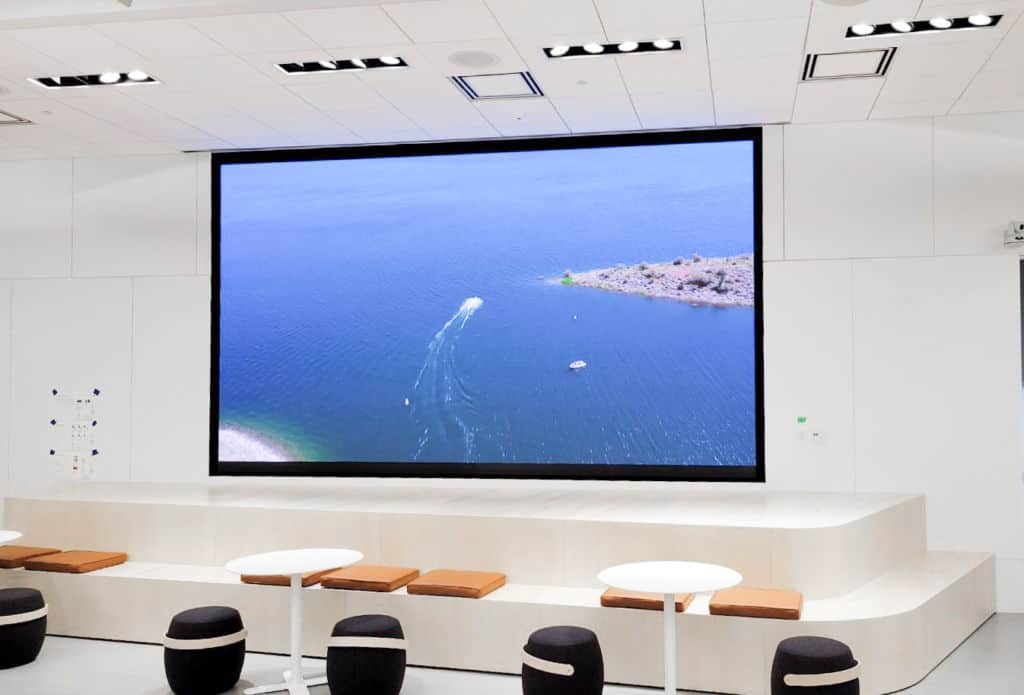The caliber of the light-emitting diode components plays a major role in hue uniformity. Different types of light-emitting diodes produce light at varying frequencies, which can affect the overall hue result. High-quality light-emitting diodes are designed to generate a more consistent light range, leading in improved color precision. Additionally, the manufacturing process of these light-emitting diodes can affect their functionality. Screens made with high-grade materials and techniques tend to have fewer color variations, guaranteeing that the displayed images and footage look lively and true to life.

Calibration is another crucial element in preserving color uniformity in LED wall screens. Tuning involves modifying the configurations of the panel to make certain that the hues displayed align the desired design. This process can consist of fine-tuning brightness, contrast, and hue equilibrium. Frequent calibration is essential, especially in settings where lighting conditions vary often. By calibrating the panels, specialists can fix any discrepancies in color result, leading to a more uniform observing encounter.
Environmental conditions also influence hue uniformity in LED wall panels. Elements such as surrounding light, heat, and moisture can influence how hues are seen. click for source For example, bright ambient light can dull hues, making them look less vibrant. Similarly, extreme heat can influence the functionality of the LEDs, leading to hue changes. To reduce these issues, it is essential to install light-emitting diode wall screens in managed environments where lighting and temperature can be managed efficiently.
Lastly, the design and arrangement of the light-emitting diode wall screens can impact color consistency. The configuration of the screens, as well as the distance from which they are viewed, can create variations in color recognition. When panels are placed too far apart or at different positions, audiences may detect discrepancies in color. To achieve the best visual output, it is crucial to take into account the positioning and arrangement of the panels during setup. By addressing these elements, operators can guarantee that their light-emitting diode wall screens provide a uniform and high-quality visual experience.